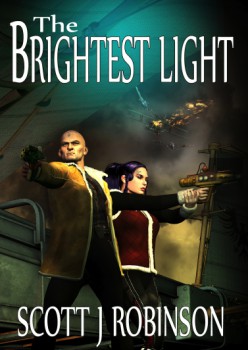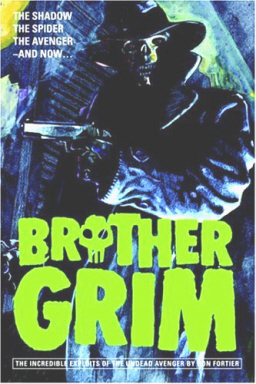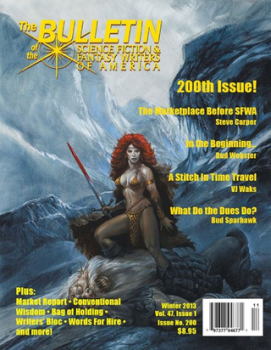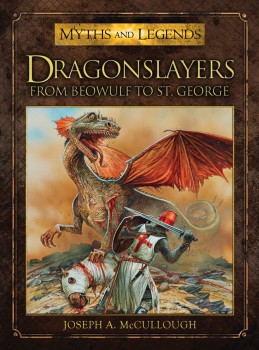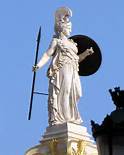Art of the Genre: The Top 10 Role-Playing Games of All-Time
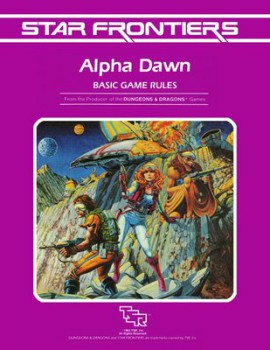 In my continuing series of ‘Top 10s’, I’m very happy to be doing a subject that incorporates two things I would simply have a hard time living without: fantasy gaming art and the games themselves. So, considering I’m currently in the middle of running a Kickstarter that not only is looking to produce an absolute load of original fantasy fiction, but also an RPG and art book, what better time to compose a list of The Top Ten Role-Playing Games of All Time.
In my continuing series of ‘Top 10s’, I’m very happy to be doing a subject that incorporates two things I would simply have a hard time living without: fantasy gaming art and the games themselves. So, considering I’m currently in the middle of running a Kickstarter that not only is looking to produce an absolute load of original fantasy fiction, but also an RPG and art book, what better time to compose a list of The Top Ten Role-Playing Games of All Time.
Now, I suppose I should mention that I’ve been playing RPGs since I was 10, and without revealing just how old I am, it must be understood there is a measurable amount of time involved there. Certainly, I’m not the foremost expert on role-playing games, but I’m going to put myself in the upper 10% of gamers and that should give me enough perspective to comprise this list.
Having established that I can’t help but say that going back in time, weighing the impact, reach, and longevity of so many games was an absolute thrill, and so many memories came flooding back with each one. I was also surprised at how many I’d played (all of them), even if just once during a random gaming session in some long forgotten era of my life.
These games, you see, are like time capsules of memory, and when they come up in conversation with gamers, I think every one of those in the discussion is ripped back through time to the point where they sat at a table, rolled dice, and laughed with friends most likely long out of their lives. Only games that take place on a table-top make such an intimate miracle happen, their power unmistakable and their reach deeper than most non-gamers would ever understand.
So, without further ado, let’s get into the meat of this list and find out just what games made it in, which ones were snubbed, and how many people can disagree with my choices!
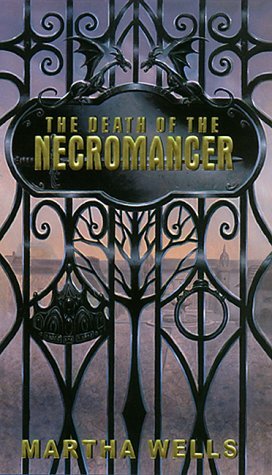
 Growing up reading superhero comic books, it was almost inevitable that I’d hear about Philip Wylie’s 1930 novel Gladiator. It was said to be the inspiration behind Superman, the original story about an ultra-powerful strong man who set about trying to right wrongs. Growing older, I heard more: that Jerry Siegel, Superman’s co-creator, had reviewed the book for a fanzine; that he’d swiped dialogue from the book for use in his comics; that Wylie had threatened to sue.
Growing up reading superhero comic books, it was almost inevitable that I’d hear about Philip Wylie’s 1930 novel Gladiator. It was said to be the inspiration behind Superman, the original story about an ultra-powerful strong man who set about trying to right wrongs. Growing older, I heard more: that Jerry Siegel, Superman’s co-creator, had reviewed the book for a fanzine; that he’d swiped dialogue from the book for use in his comics; that Wylie had threatened to sue. 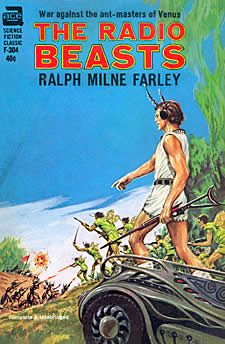
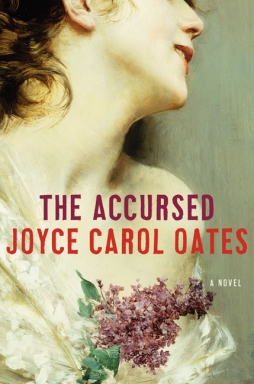 Last October, I looked at the four books of Joyce Carol Oates’ Gothic Quintet that had been published up to that point. I wrote about them in publication order, starting with
Last October, I looked at the four books of Joyce Carol Oates’ Gothic Quintet that had been published up to that point. I wrote about them in publication order, starting with 